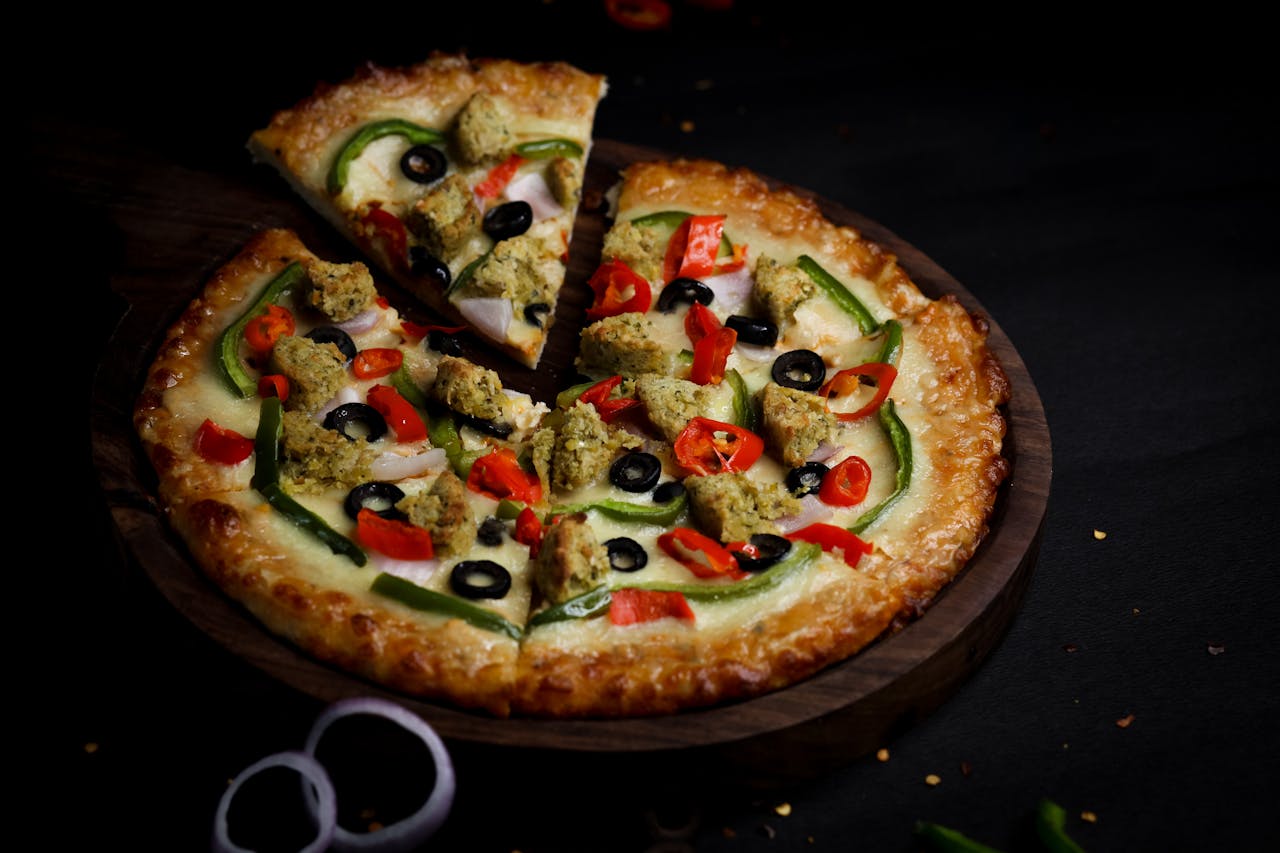Peppers are a widely used vegetable in many cuisines around the world. They come in a variety of colors, shapes, and sizes, and can range in flavor from mild and sweet to hot and spicy. Here’s everything you need to know about peppers:
Varieties: Peppers come in many varieties, including bell peppers, jalapeno peppers, habanero peppers, chili peppers, and more. Bell peppers are typically sweet and come in green, yellow, orange, and red varieties. Jalapeno peppers are medium-spicy and are often used in Mexican and Tex-Mex cuisine. Habanero peppers are extremely spicy and are commonly used in Caribbean and Latin American dishes. Chili peppers come in many varieties, each with their own unique flavor and level of spiciness.
Nutrition: Peppers are low in calories and are a good source of vitamin C, vitamin A, potassium, and fiber. The level of nutrition in peppers can vary depending on the variety, with some being more nutrient-dense than others.
Cooking: Peppers can be used in a variety of ways in cooking. They can be eaten raw, roasted, sautéed, grilled, or pickled. They are often used in stir-fries, salads, salsas, and soups. Bell peppers are commonly used in stuffed pepper recipes, while chili peppers are often used in hot sauces and spice blends.
Handling: When handling peppers, it’s important to take care, especially if you’re working with hot peppers. The oils in hot peppers can cause skin irritation and burning, so it’s recommended to wear gloves when cutting and handling them. It’s also important to avoid touching your eyes or face after handling hot peppers.
Storage: Peppers should be stored in a cool, dry place, ideally in the refrigerator. Bell peppers can last for up to a week, while chili peppers can last for several weeks. It’s best to store peppers whole, as cutting them can cause them to spoil more quickly.
In conclusion, peppers are a versatile and nutritious vegetable that can be used in a variety of ways in cooking. Whether you prefer mild or spicy flavors, there is a pepper variety to suit your taste. With proper handling and storage, peppers can add flavor, color, and nutrition to your meals.











